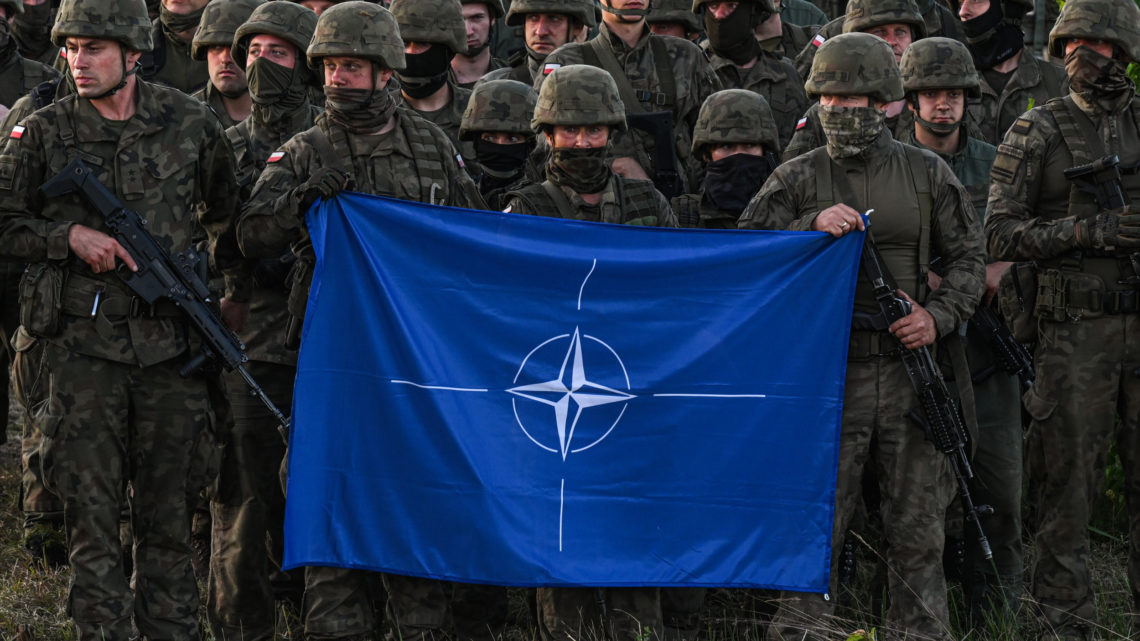by Nate LaMar
The mid-July summit of the North Atlantic Treaty Organization (NATO) in Vilnius, Lithuania, was the second to take place following Russia’s invasion of Ukraine. But it was the first to take place following the most recent expansion of NATO. Finland joined in April. On July 10, Turkey’s President Erdogan ended his veto againstSweden. It is therefore now up to Turkey’s Parliament to ratify Sweden’s membership. These are challenging, though encouraging, times for an alliance that had become moribund before the war.
As a young lieutenant in Germany, I was fortunate to have a very atypical assignment working at the grassroots level of NATO. Instead of being stationed at a more common Cold War-era US Army unit on a compound with thousands of soldiers, civilian employees, and dependents, I was the liaison/linguist officer for a detachment of 40Americans on a Bundeswehr (German Army) base of 2,000 German soldiersand lived “on the economy” in a rural town. In such a small unit, officers wore many hats: I also served as Platoon Leader, S-2 (Intelligence Officer), Executive Officer, and acting Commander.
By this time, as the Cold War was over, terrorism had become a bigger concern within NATO (IRA, PLO, ETA, etc.). Having earlier graduated from the Individual Terrorism Awareness Course at the JFK Special Warfare Center at Fort Bragg, NC, I taughtcounter-terrorismwithin our Group, whose area covered much of two German states.My unit was inactivated in 1992, at which point I chose to depart active duty, was honorably discharged, and returned home to begin my civilian career and, later, MBA school.
Many more Cold War-era units in Germany were inactivated during this same period. As a result, NATO became a hollowed-out alliance, with most allies spending less and less on their defense (the so-called “Peace Dividend”). While it was refreshing to see many formerly Communist countries gain their freedom, with most becoming NATO members, many allies became dependent on Russian petroleum.
Many of these newly-free NATO members partnered with various National Guards. For example, the Indiana National Guard helped train Slovakia’s Army, while the California National Guard helped train Ukraine’s Army. Some formerly Communist countries who did not join NATO became part of its Partnership for Peace (PfP). Although neutral, Austria, Ireland, and Switzerlandarealso PfPmembers. Kosovo, whose Security Forces are partnered with the Iowa National Guard, has applied to join the PfP.
Having watched the NATO public forum simulcast from Vilnius, I was reminded that Lithuania, Latvia, and Estonia are true frontiers of freedom. In fact, Vilnius is located about halfway between the border with Belarus, a Russian ally, and Kaliningrad, the Russian enclave on the Baltic Sea. Among the panelists were Senators Thom Tillis (R-NC) and Jeanne Shaheen (D-NH), who co-chair the US Senate NATO Observers Group. They were joined by a French Senator and the speaker of Lithuania’s Senate. All stated that China is watching NATO’s response to Russia’s war in Ukraine very closely. Could Taiwan be next?
As I now represent my employer on NATO’s Industrial Advisory Group (NIAG), I am reminded that next year’s NATO Summit will take place in Washington, DC. At that time, our country will be in the midst of a Presidential election which could include an isolationist as one of the major party nominees. This is clearly not the time to turn back the clock to 1920s/1930s isolationism.
Putin invaded Georgia in 2008 and Crimea in 2014. The world did nothing. Every time history repeats itself, the price goes up. Ukraine needs us and NATO needs our continued leadership of the alliance.
Nate LaMar, an international manager, also served as Henry County Council President from 2009-2019.












